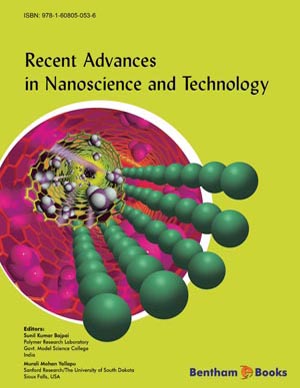Abstract
Carbon-based materials are highly diverse in terms of their mechanical, electronic, and thermodynamic properties, and as such can be used in a vast array of applications in numerous industries. These materials contain various types of carbon and oxygen radicals. Oxidation processes that influence the composition of these radical populations can have substantial effects on the materials’ electronic properties. Therefore, it is important to gain a systematic understanding of oxidation processes in carbonaceous materials at various temperatures and pressures. Electron paramagnetic resonance (EPR) spectroscopy is routinely used to characterize defects in carbon-based materials and the nature of the radicals they contain. Specifically, spin concentrations and the composition and distribution of radicals can be correlated to the electronic properties of carbon-based materials. Accordingly, over the last few years, our group has been using EPR spectroscopy to develop methodologies to explore the oxidation properties of carbon-based materials. Our overarching goal is to produce a toolkit that can correlate between the physical properties of specific carbon-based materials and these materials’ sensitivity to oxidation processes. In this chapter, we will describe our findings regarding the oxidation processes of coal and graphene oxide materials. Our data are derived from in-situ EPR experiments in which carbon-based materials were exposed to various atmospheric environments. Our findings have clear practical implications with regard to identifying appropriate storage conditions for carbon-based materials.
Keywords: Bituminous coals, Carbon-centered radicals, Coal, Graphene oxide (GO), EPR, EPR linewidth, Free radicals, In-situ gas-flow EPR, Lorentzian lineshape, Lignites, Low temperature oxidation, NMR, Oxidation process, Oxidation time, Oxygen-centered radicals, Radical concentration, Reduced graphene oxide (rGO), Reduction temperature, Sub-bituminous coals, Surface radicals.



















